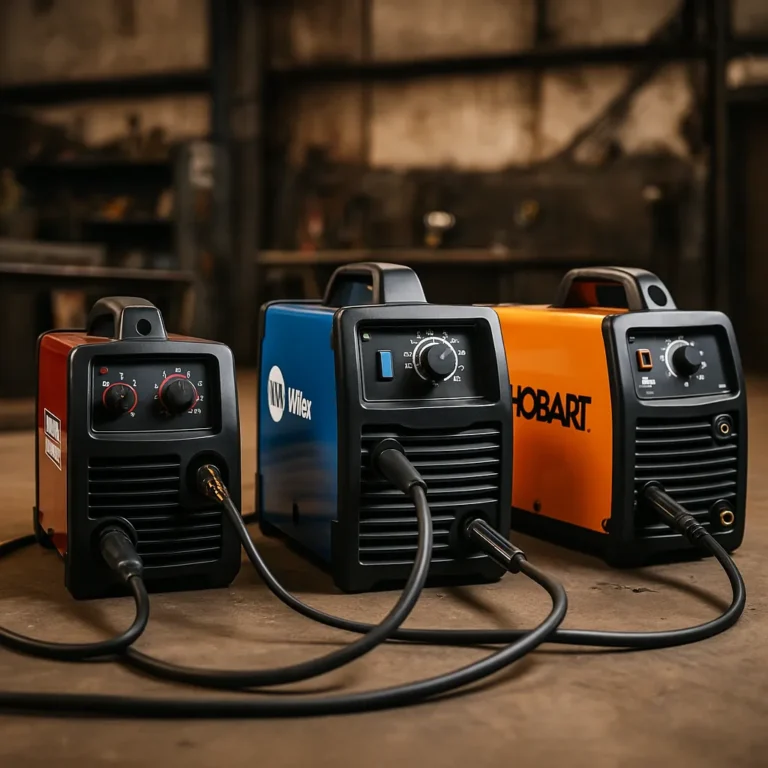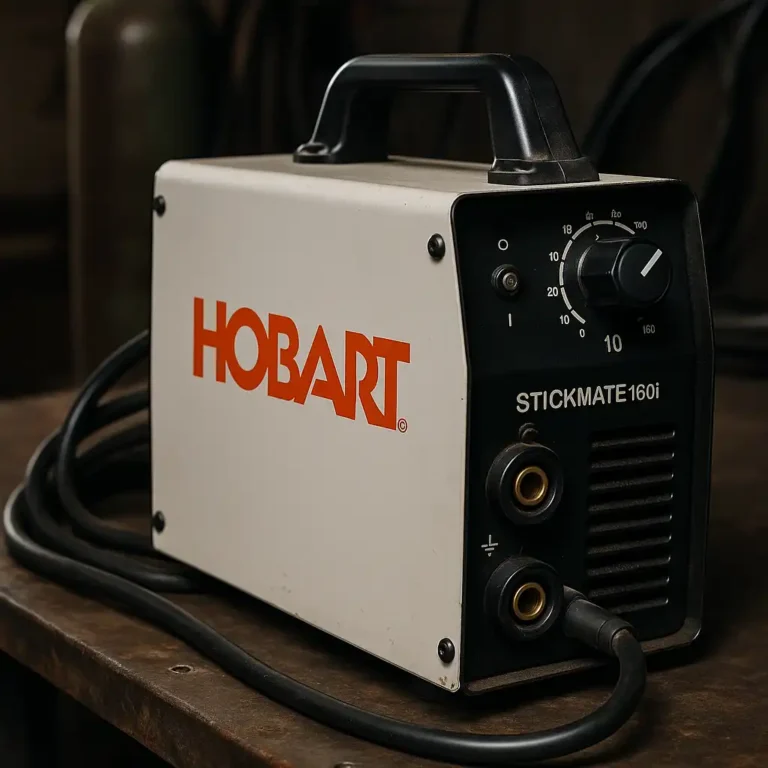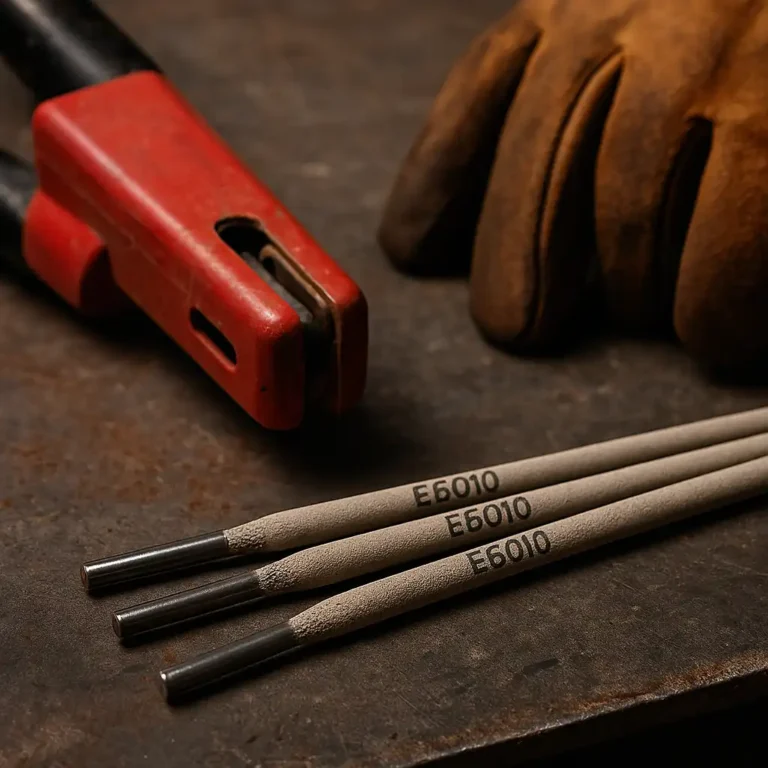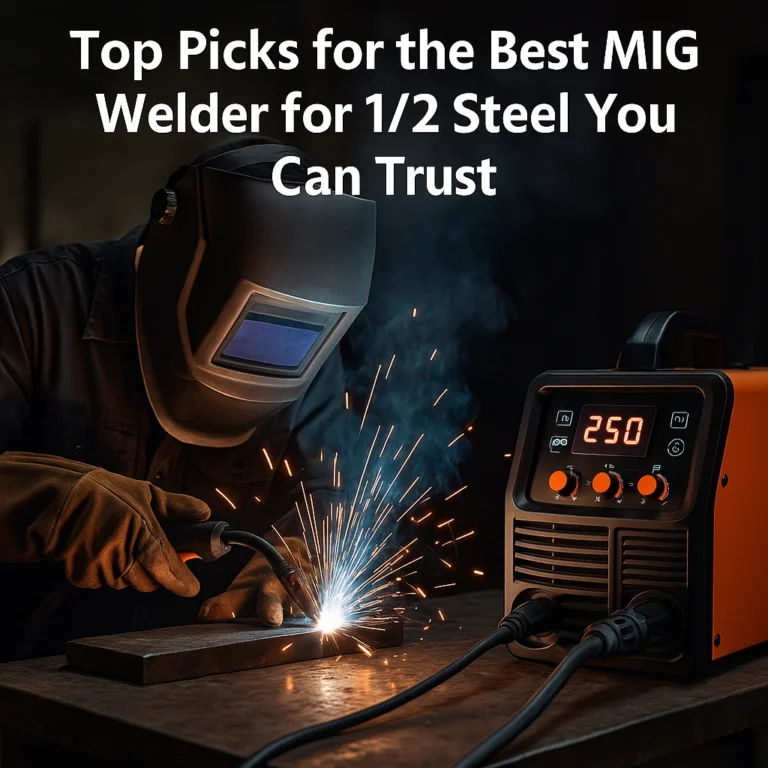11018 Welding Rod vs 7018: Strength, Usability, and When to Use Each
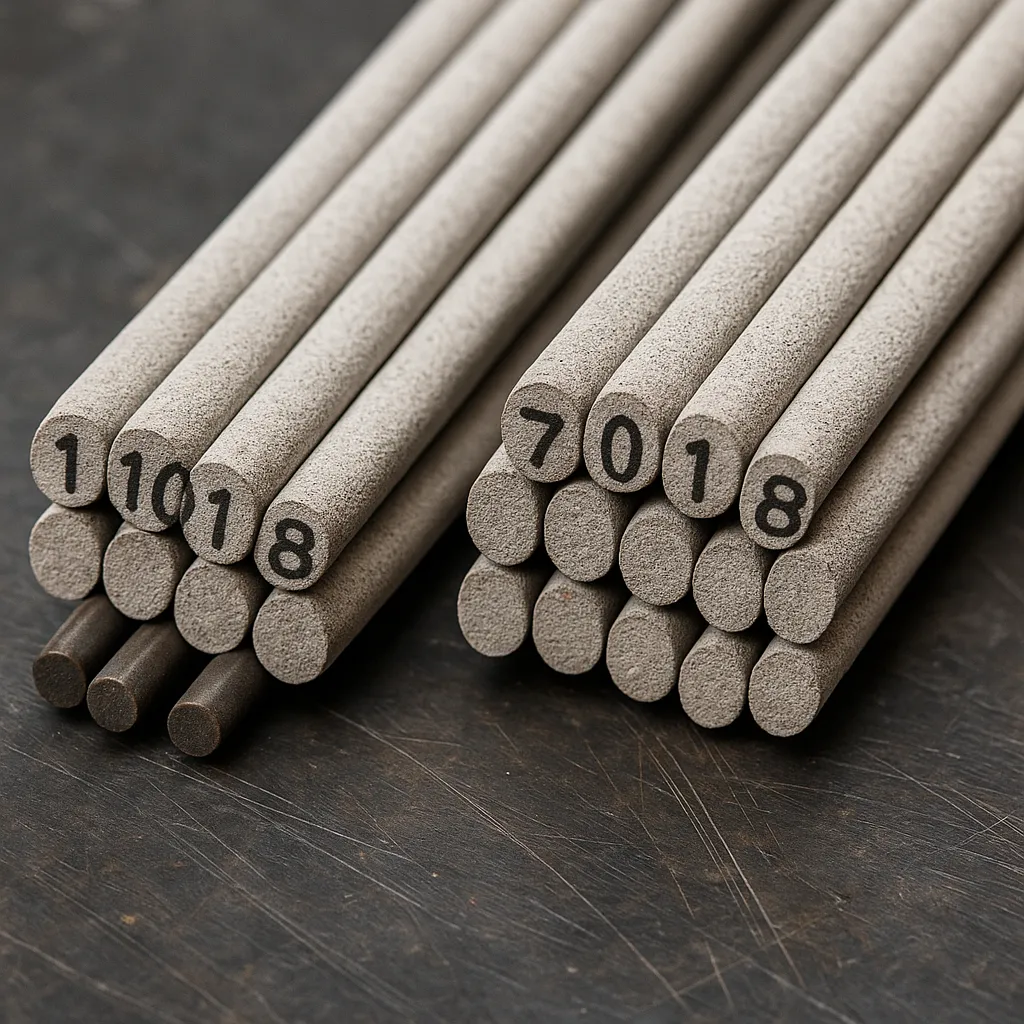
Disclosure: This post contains affiliate links. As an Amazon Associate, I earn from qualifying purchases—at no extra cost to you.
When it comes to structural stick welding, choosing the right rod isn’t just about preference—it’s about performance. Two of the most commonly compared options are 11018 and 7018. Both are low-hydrogen electrodes, but they serve different purposes depending on your project’s demands. Whether you’re building a gate, repairing heavy equipment, or welding high-strength steel, the difference matters.
Let’s dive into what sets these two rods apart and where each one works best.
Strength That Fits the Job
The biggest difference? Tensile strength. A 7018 rod produces welds with about 70,000 psi tensile strength, while a 11018 rod jumps to 110,000 psi. That extra strength isn’t just for show—it’s essential for pressure vessels, cranes, or load-bearing structural steel.
Both rods use a low-hydrogen, iron powder coating. That means they’re less likely to crack and deliver cleaner welds. They also both run best on DC+, though 7018 rods often work on AC too, making them more versatile for older machines.
How They Handle Under the Hood
7018 is often seen as the “welder-friendly” rod. It starts easily, produces a smooth arc, and lays down a clean bead with minimal spatter. If you’re working on everyday shop repairs, general fabrication, or structural joints, this rod makes your life easier.
11018, on the other hand, is a bit more demanding. It needs dry storage, good base metal prep, and a practiced hand. But it rewards the effort with high-strength welds that hold up under stress. That’s why you’ll find 11018 rods used on bridges, high-rises, and anywhere code work is involved.
Where Each One Belongs
For general steelwork, 7018 is hard to beat. It’s great for welding mild steel, trailer frames, machinery, and more. It’s forgiving, affordable, and easy to learn with. Many welders use it as their go-to rod for everything from farm repairs to heavy fabrication.
But when the job calls for higher-strength steel or needs to meet strict welding specs, that’s where 11018 comes in. It’s ideal for critical infrastructure, structural frames, and pipe welding where weld integrity can’t be compromised.
Check Price & Availability
Here are two solid options to consider:
View on Amazon – E11018M 1/8 x 10lb Electrode (AWS A5.5 11018M)
View on Amazon – E7018 3/16″ Electrode Welding Rods (10 lb x 1 pk)
Both are well-reviewed by welders who need strong, reliable results in the shop or field.
Conclusion
Both 11018 and 7018 rods get the job done—but they serve different types of jobs. 7018 is the reliable workhorse for everyday welding. It’s accessible, smooth-running, and tough enough for most projects. If you’re a hobbyist or working on standard steel, it’s the right fit.
But for high-strength applications, structural builds, or code-sensitive jobs, 11018 is the rod you want. It takes more prep and precision, but the added strength and performance make it worth it when failure isn’t an option.
Pick your rod based on what you’re welding—not just what’s familiar. It could mean the difference between a decent weld and one that lasts a lifetime.



